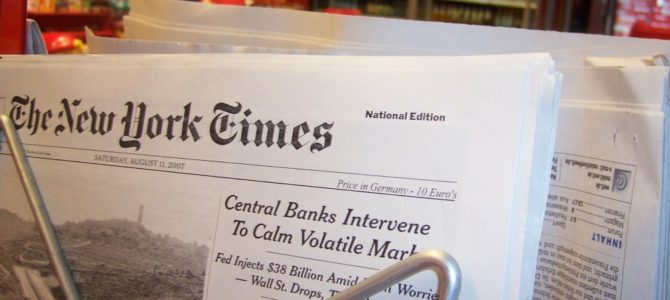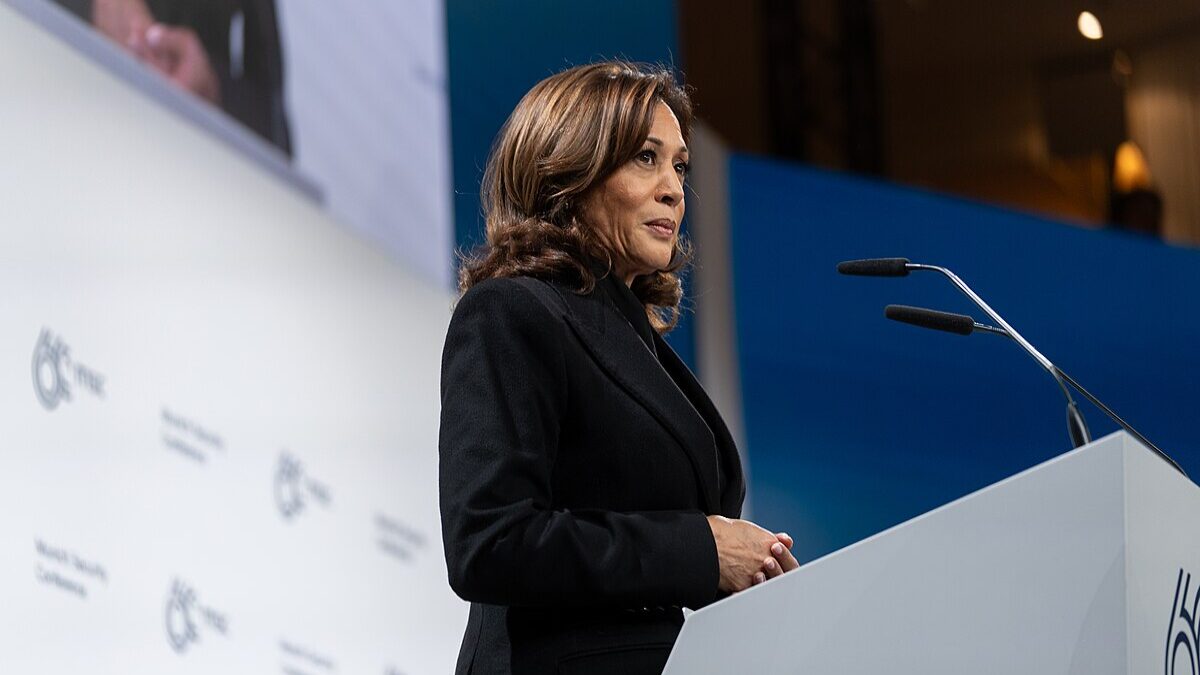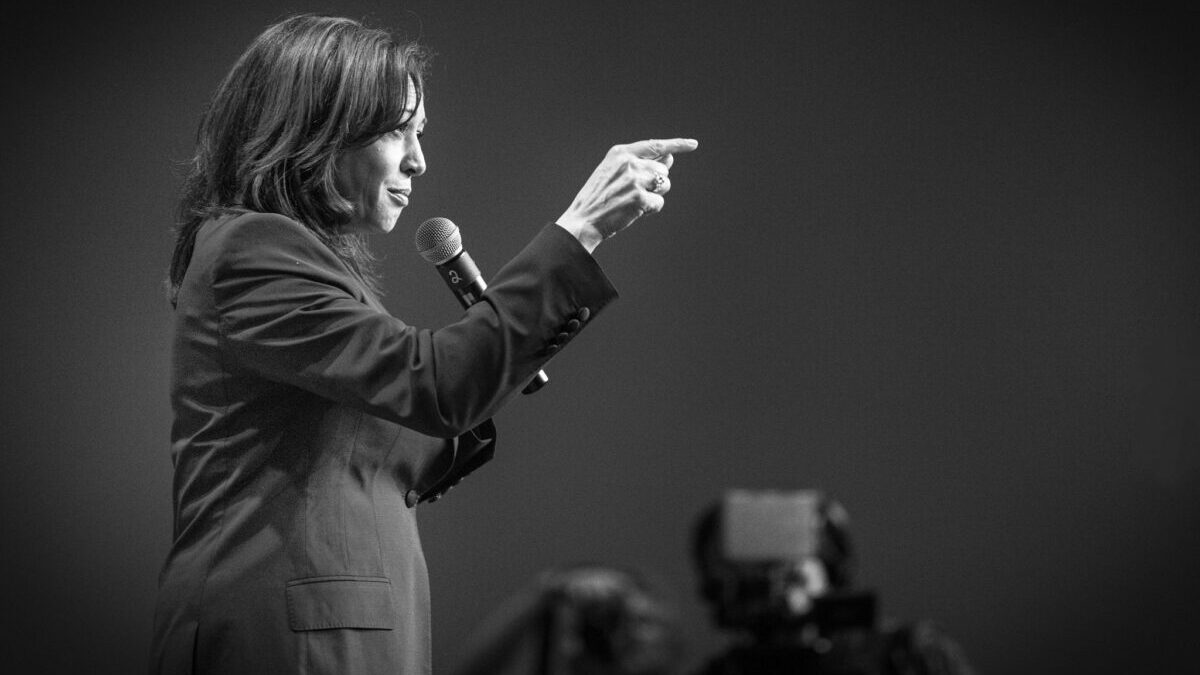
The New York Times’ double standard for coverage of leftists and conservatives, particularly former Trump administration officials, was on full display in several articles written by Charlie Savage over the past two months. In a recent story Savage and his Times colleagues wrote on the pending indictment of a prominent Democrat lawyer, Michael Sussman, who represented the Clinton campaign in 2016 and allegedly lied to the FBI, Savage could not have shown his ideological colors more if he tried.
Savage downplays Sussman’s conduct and undermines the legitimacy of the John Durham investigation. He even tries to paint Sussman as a victim by noting that, “Mr. Sussman and his firm have been particular targets for Mr. Trump and his supporters.” Savage also gives Sussman’s lawyer a significant amount of space to defend his client and put his spin on the matter.
However, when Savage is writing on a former Trump administration official, his default is to invent facts to smear the official and to violate major journalism ethics by not calling for comment before publishing. I am a former Trump official that he smeared and of course he never called for comment.
Savage wrote a July 29 article filled with a demonstrably false narrative about a lawsuit regarding a Freedom of Information Act (FOIA) request submitted by the Times in 2019 to the Office of Management and Budget (OMB) regarding internal documents about Ukraine funding by the Department of Defense. I was OMB general counsel at the time.
What Happened In the Case
In the FOIA litigation, a career OMB lawyer filed a declaration in February 2020 explaining why the documents should not be disclosed because they included pre-decisional or presidential communications. Judge Amy Jackson ruled the government had not established an adequate justification to withhold the documents but allowed the Trump administration another attempt to justify the withholding.
Importantly, Judge Jackson issued an order on May 13 that all the documents be produced for her in camera (that is, private) inspection so she could make a determination regarding each document. The judge received them on May 20, 2020. I filed a declaration in the government’s next filing in September 2020, explaining my reasons why each document is legally protected from disclosure.
The judge accepted many of my arguments and allowed the government to withhold approximately half the documents at issue, but ordered others released. However, she commented on one of my representations, stating, “This was apparently written without the expectation that I would look at that document.”
Judge Jackson’s statement is false that I did not have an expectation that she would review the documents. Judge Jackson’s May 13 order specifically stated she would review the documents to make determinations, so I knew long before I filed my declaration in September that she would review every document.
Concocting a False Narrative
In recounting this story, Savage concocted a false narrative to smear me. He wrote, “Judge Jackson took the unusual step of demanding that the Justice Department privately show her the files rather than trusting a declaration from the Trump Administration about their contents. The description, by Mark Paoletta, then the general counsel for [OMB] . . .”
Savage then quotes the judge’s false statement about my expectation regarding her not reviewing the documents. He implies that I knowingly filed a false description of documents and expected that the judge would never request or review the underlying documents.
Savage had to know it was a career OMB attorney’s declaration—not mine—that the judge reviewed in early 2020, that her order to produce the documents had nothing to do with my declaration that did not exist at the time and was filed four months later. He also knew that the judge’s statement was wrong regarding my expectation that she would not review the documents, because she already had them.
I argued the documents at issue in this FOIA litigation could be withheld, as the law permits, because they were pre-decisional or involved presidential communications. The presidential communication privilege allows documents to be withheld if the president or a senior advisor asked for the information. Here, a senior advisor to the president for national security had asked to be kept apprised of developments on Ukraine funding issues and I treated it as a continuing request, so even an email originating from an OMB official on this topic would be considered responding to a request from that senior advisor.
These arguments are made regularly by every administration, and the FOIA statute allows for withholding these documents to not chill internal discussions that could harm government decision-making.
No ‘Smoking Gun’ Here
In fact, there was nothing new in any of these documents at issue from what had already been publicly released. The entire content of the email about which the judge made her comment was: “Rob, do you know if there has been or is any intent for discussion to drive a final decision on USIA [Ukraine Security Assistance Initiative] today?” That’s it.
This is no “smoking gun” document. The judge already had it in her possession. So why would I try to withhold this document, if I did not believe, as I did, that we were permitted to withhold it under FOIA? I was being consistent in the accepted standard for withholding documents despite the insignificance of that particular document.
There were, in fact, no “smoking guns” in any of the FOIA material at issue in this litigation. Because they failed so miserably in finding any damning evidence against the administration in this litigation, the Times had to invent a false “gotcha” story about me.
Pound the Table, Quick
Demonstrating that NY Times reporters are not the only partisan activists at the company, the Times deputy general counsel, David McCraw, went so far as to send a letter to the Department of Justice inspector general asking the IG to investigate the filing of several allegedly false declarations in FOIA cases, including mine. McCraw argued this alleged conduct is possible because judges don’t generally review the underlying documents at issue in most FOIA cases to check whether the declaration is accurately describing the documents.
But the judge already had the documents in my case, so McCraw’s entire premise for including my alleged false declaration is baseless. He only wants to smear me.
In the legal world, we call this kind of action “table pounding.” It is done to mislead a jury in a case where you have neither the law nor facts on your side.
McCraw also ridiculously claims that I tried to deceive the judge in my description of one document, despite the fact that the judge already had the documents. Far from engaging in deception, I told the judge exactly why I believed the documents could be withheld. The judge simply rejected my argument.
It’s not unusual for a judge to reject your legal argument or presentation of the facts. In fact, it happens in every case for the losing lawyer, something McCraw recently experienced in the NY Times’ crushing defeat in the Project Veritas defamation ruling. If a judge rejecting your argument and characterization of the facts in a case constitutes evidence that a lawyer made false statements, then the NY Times and McCraw’s legal team repeatedly made false statements to the court in the Project Veritas case. Also true to form, the Times’ reporters apparently did not call Project Veritas for comment before smearing them in its story.
Give Charlie Savage, David McCraw, and the disgraced New York Times points for consistency. They bend over backwards to protect Democrats but are always willing to make false statements and invent false narratives if it has anything to do with former Trump officials, even when those falsehoods are as transparent as their bias.







